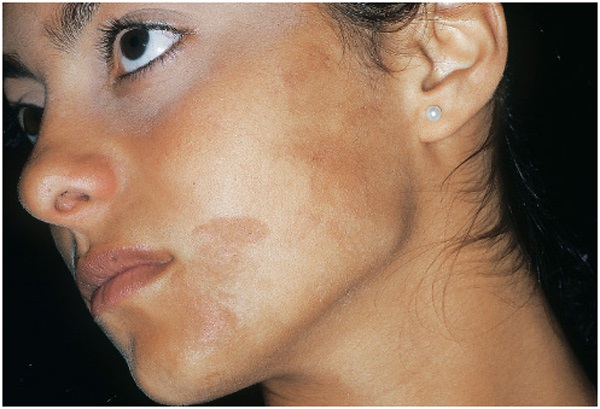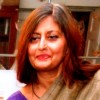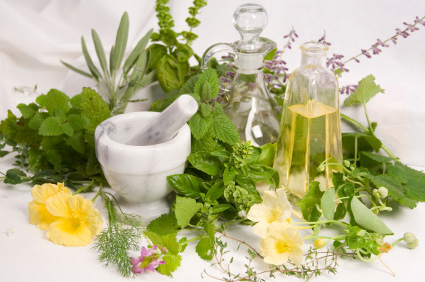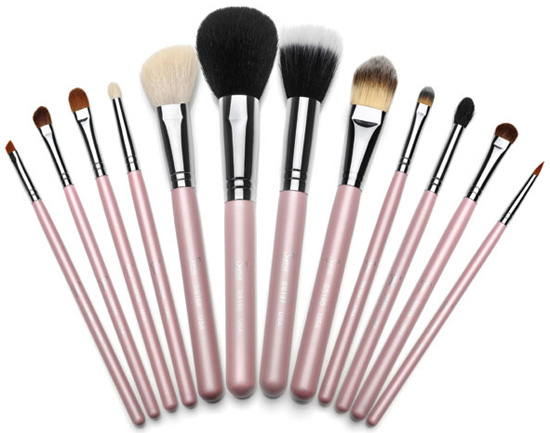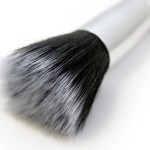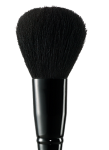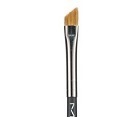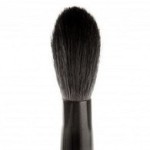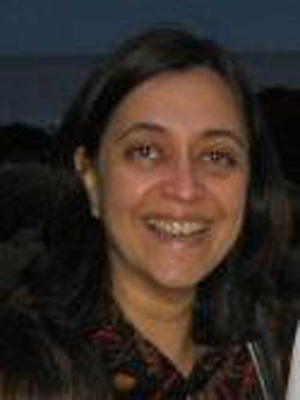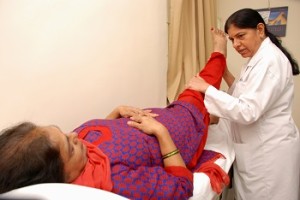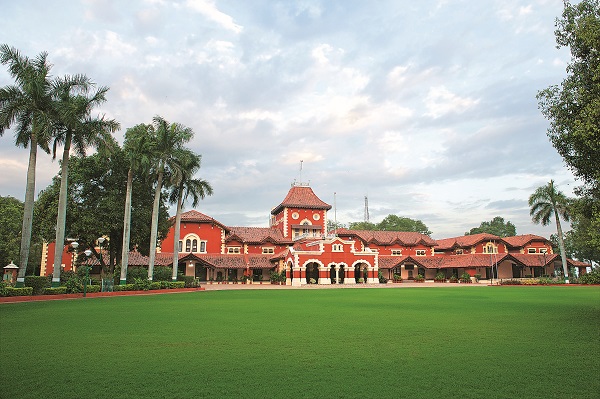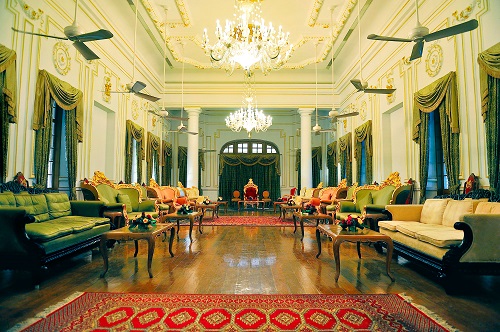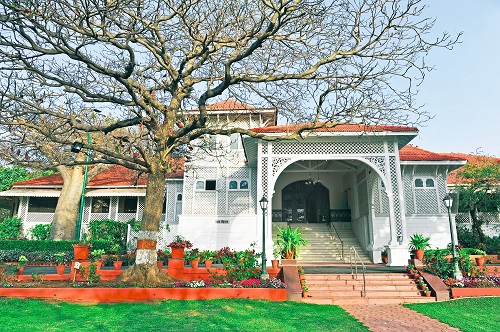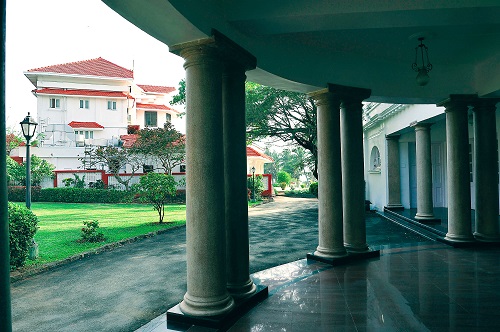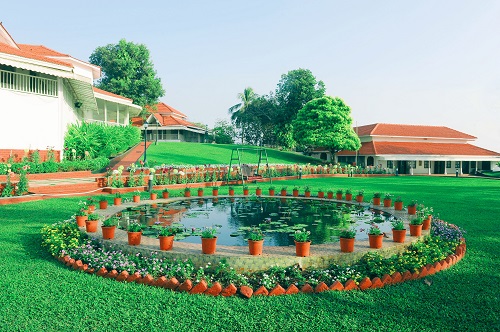If uneven skin tone, sun spots and blotchy skin are making you look old, we’ve got all the right solutions.
by Deepa Mistry
If you have been noticing a difference in your skin tone or patches, you might be suffering from hyperpigmentation.
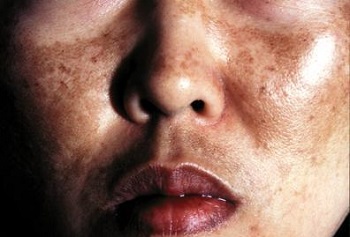 Pigmentation can be of two types – Hypopigmentation and Hyperpigmentation. Hypopigmentation (a decrease in skin pigmentation) is a condition in which patches of skin become lighter or whiter in colour than the normal surrounding skin, while Hyperpigmentation is characterised by a darkening of an area of skin caused by the overproduction of pigment or melanin and is commonly known and usually a harmless condition. Pigmentation occurs in people of any gender, race and age.
Pigmentation can be of two types – Hypopigmentation and Hyperpigmentation. Hypopigmentation (a decrease in skin pigmentation) is a condition in which patches of skin become lighter or whiter in colour than the normal surrounding skin, while Hyperpigmentation is characterised by a darkening of an area of skin caused by the overproduction of pigment or melanin and is commonly known and usually a harmless condition. Pigmentation occurs in people of any gender, race and age.
Pigmentation is caused due to genetics, sun exposure, stress, hormonal changes during pregnancy or birth control pills, menopause, insulin resistance, damage to the skin due to injury or overly aggressive skin care treatment, or even the frequent use of hair dyes. Tattoos may also cause it.
Some people also suffer from post-inflammatory hyperpigmentation, usually noticed after an acne breakout. Since the face is exposed to most of the harmful factors, especially over-exposure of the sun, hyperpigmentation doesn’t only affect the face but can occur on almost any part of the body.
It can be an embarrassing condition at times, though it is mostly harmless. However, if the condition is serious you must visit a dermatologist at the earliest. Various treatments are available, like creams and laser treatments, chemical peels and light treatments, as they are the most preferred and tend to work on the skin faster and provide early recovery. But if you wish to treat pigmentation naturally and effectively without recourse to harsh and chemical-laden products, you could try some of the following home remedies on a regular basis.
Try these:
– The simplest: a paste of milk and honey on the affected areas. You can also mix curd with it. Since milk and curd contain lactic acid, they peel off the affected skin after a period of 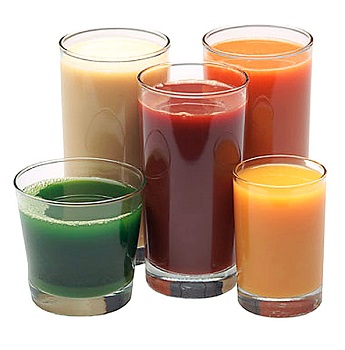 time, leaving skin beautiful. This cure works wonders on hyperpigmentation.
time, leaving skin beautiful. This cure works wonders on hyperpigmentation.
– Vegetable juices from tomatoes, cucumber and potato should be applied on skin. These lighten pigmentation and suit all skin types. This also leaves skin soothing and fresh all day. You could also try mixing lime juice with honey.
– Peel an avocado, mash it and apply the juice on pigmented skin.
– Vitamin E is a must in one’s diet as it is known as a skin Vitamin. Try massaging Vitamin E oil on pigmented skin as it requires more care than normal skin.
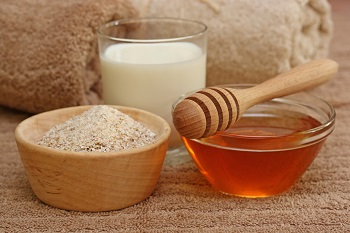 – Face masks can really work wonders over pigmented skin. Try these:
– Face masks can really work wonders over pigmented skin. Try these:
- Oatmeal face pack: mix oatmeal, honey and milk. Apply and wash after it dries off completely.
- Sandalwood pack: mix sandalwood powder and turmeric powder and milk. Apply on affected areas.
- Orange peel: dry orange peel (powdered), cold raw milk and honey. Apply on affected areas and wash after half an hour.
- Make a paste of mint leaves with a dash of milk and apply on affected areas. It soothes the skin.
– Use cocoa butter cream every day on skin.
– Aloe vera, olive oil and almond oil are the safest and most effective remedies for damaged skin.
– Last but not least, we recommend you apply sun screen before you step out. Direct exposure to the sun harms the skin and is one major reason for pigmentation.
– Practice yoga and avoid consumption of alcohol and cigarettes. This will not only help avoid pigmentation but also make skin look younger and glowing.
We hope our solutions help you solve your skin troubles and look beautiful again.
(Pictures courtesy foodtruthonline.com, www.stylecraze.com, www.beautyfrontline.com)
